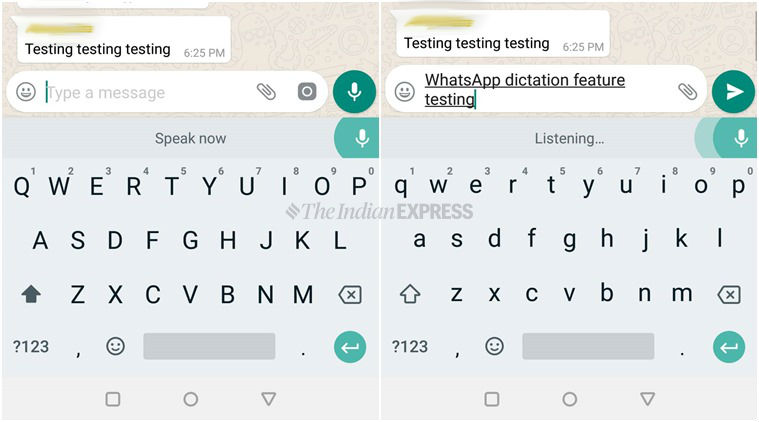

Whether it’s an internet search, an instant message or a word processing document. We suspect, however, that most of them are going to work exactly like this.Īfter installing Gboard and setting it as your preferred keyboard, simply tap anywhere you would normally do text entry. If you want to know how to use the speech to text function with the onscreen keyboard of your choice, then you’ll have to look it up in the documentation for that keyboard. Well, except if you’re using a Huawei or any other brand that’s been prohibited from using Google apps. You can of course use any keyboard you like and many of them will also allow you to activate speech to text, but Gboard is the baseline we’ll work with and it should be available through the Google Play Store for all Android users. Gboard is the Google-provided touch keyboard. Not figure out what you want to accomplish. The voice recognition technology in both cases is the same, but the voice input system’s only purpose is to turn your spoken words into written text. That’s different from your voice assistant, which listens to your spoken commands and queries and then tries to do what you ask or answers your question. Voice input in this context refers specifically to using your voice to enter text into a texty field. How Is Voice Input Different From the Voice Assistant? If your phone is up to it, we recommend you use the option. A language pack will help you when you go off the grid as well. If not, look under All and install your preferred language packīy using the offline speech option, you’ll save on data and possibly a bit on battery as well.Give it a practice run to see if it feels natural. Open the dropdown under the gesture that you want to use to mute/unmute system volume and select the ‘Mute’ option. Scroll down to either the three or four finger gestures. Look for and click on the ‘Advanced gesture configuration’ option. The one and two finger gestures are locked down for the most part. You can configure three and four finger taps and swipes. Go to the Devices group of settings and select the Touchpad tab. Most users who opt to use external point and click devices don’t normally use touchpads with Windows laptops or PCs but if you have one, or you’d simply like to use your touchpad to mute/unmute system volume, the option is there. This option requires that you have a precision touchpad. You can of course use any other shortcut in the AutoHotKey script. The Caps key will act as a toggle so you will only have to use one key. Run the script and when you tap the Caps key on your keyboard, it will mute/unmute your system volume. Toggle Mute, and save it with the AHK file extension.

There are a couple of things you can check to solve this issue. Users expect it to appear in the lower-left corner of the keyboard when using any app. Give it a name that tells you what the script is for e.g. A common problem for Apple iPhone users is the microphone is missing from the keyboard. Open a new Notepad file and paste the following in it CapsLock::Send


 0 kommentar(er)
0 kommentar(er)
